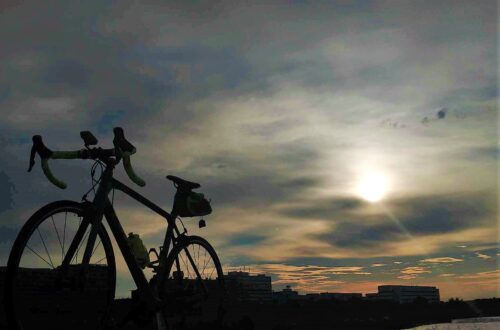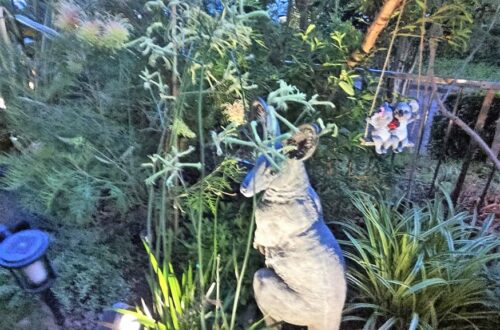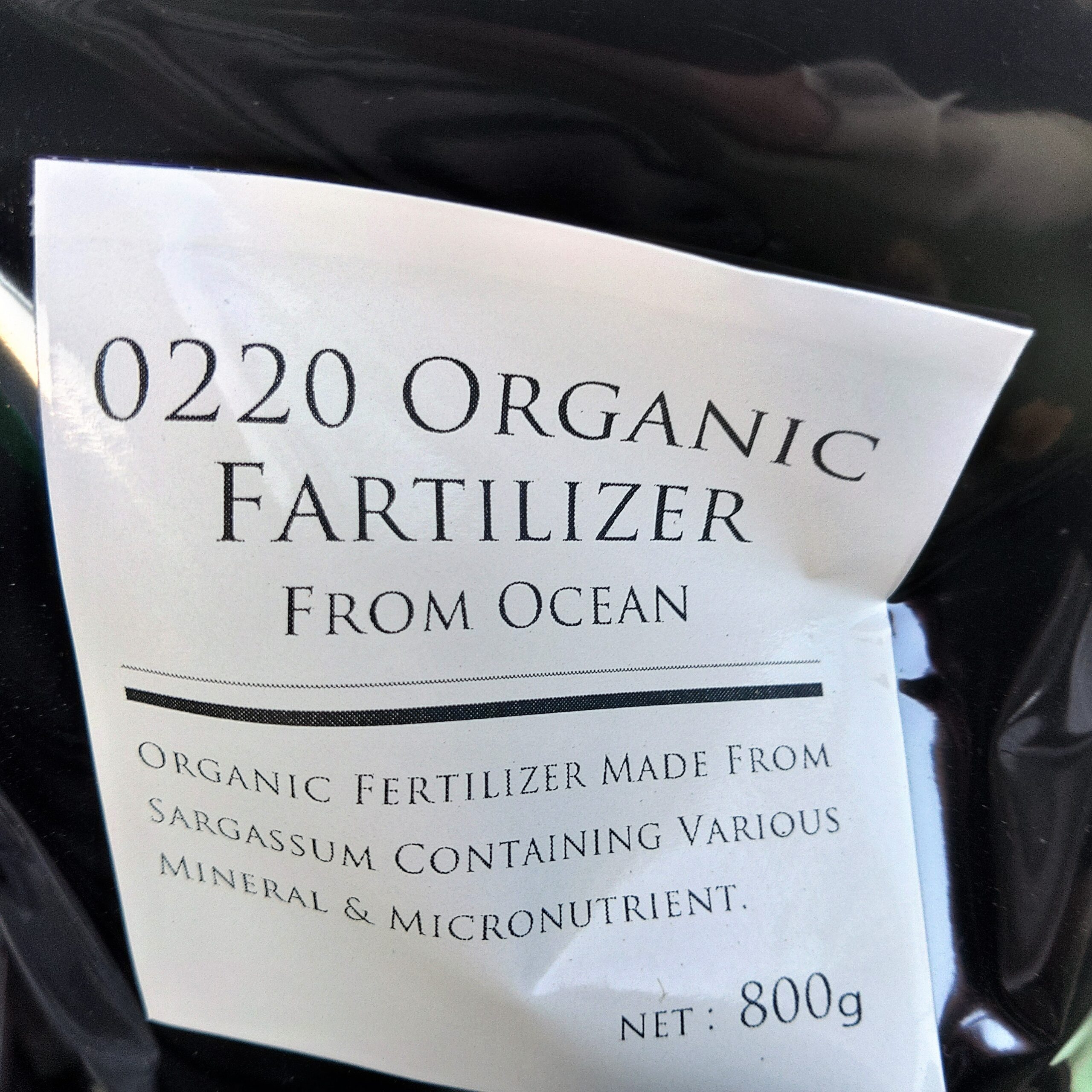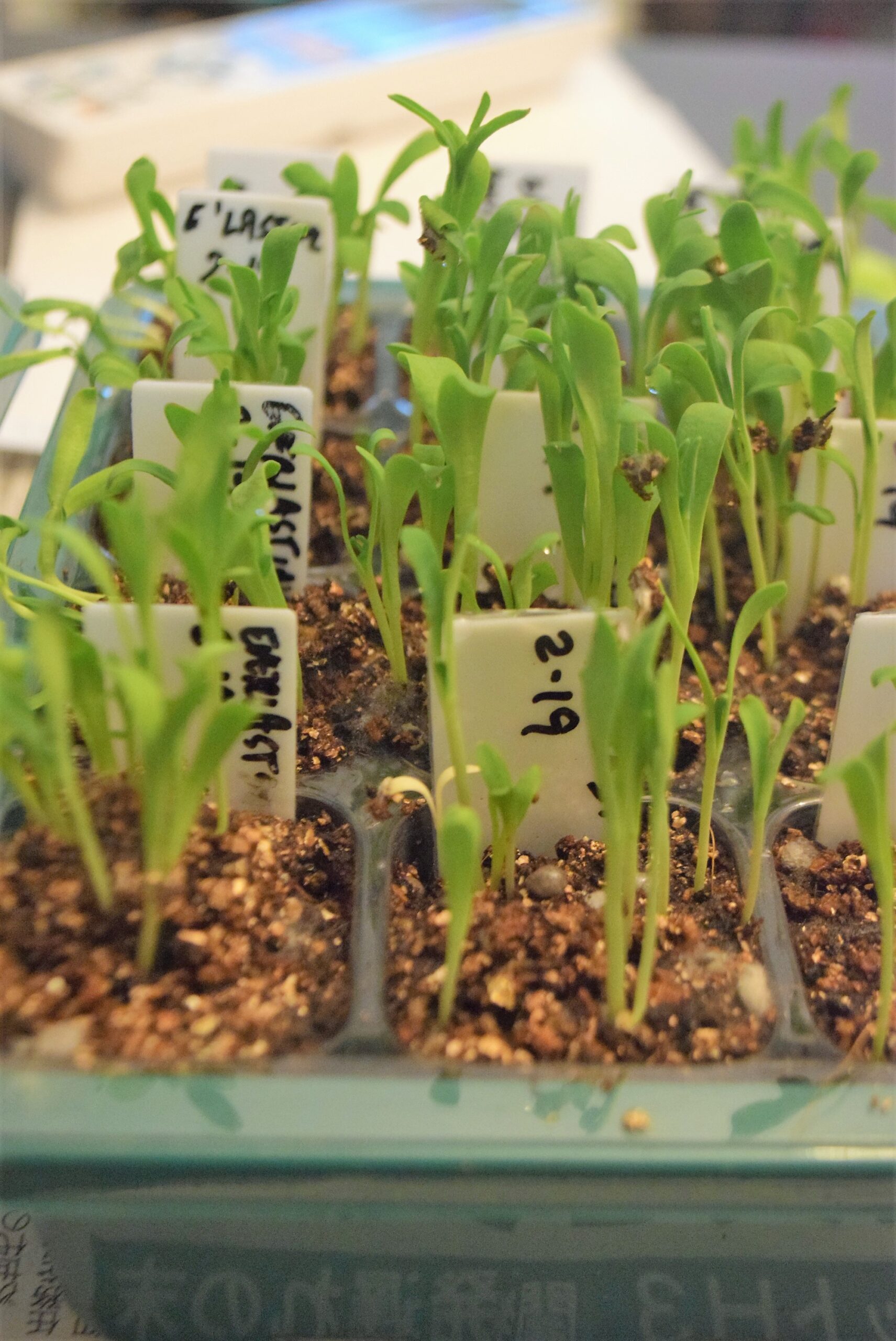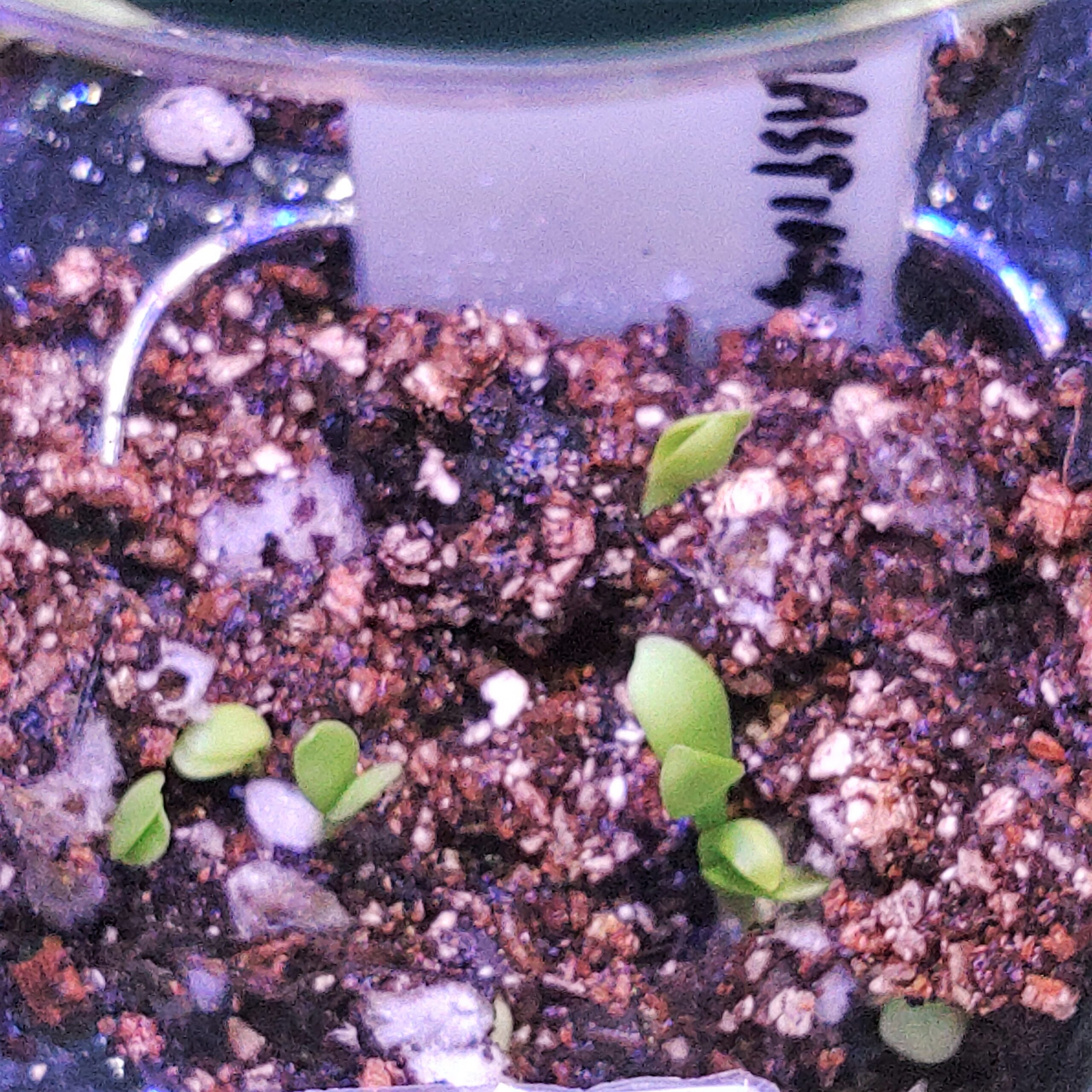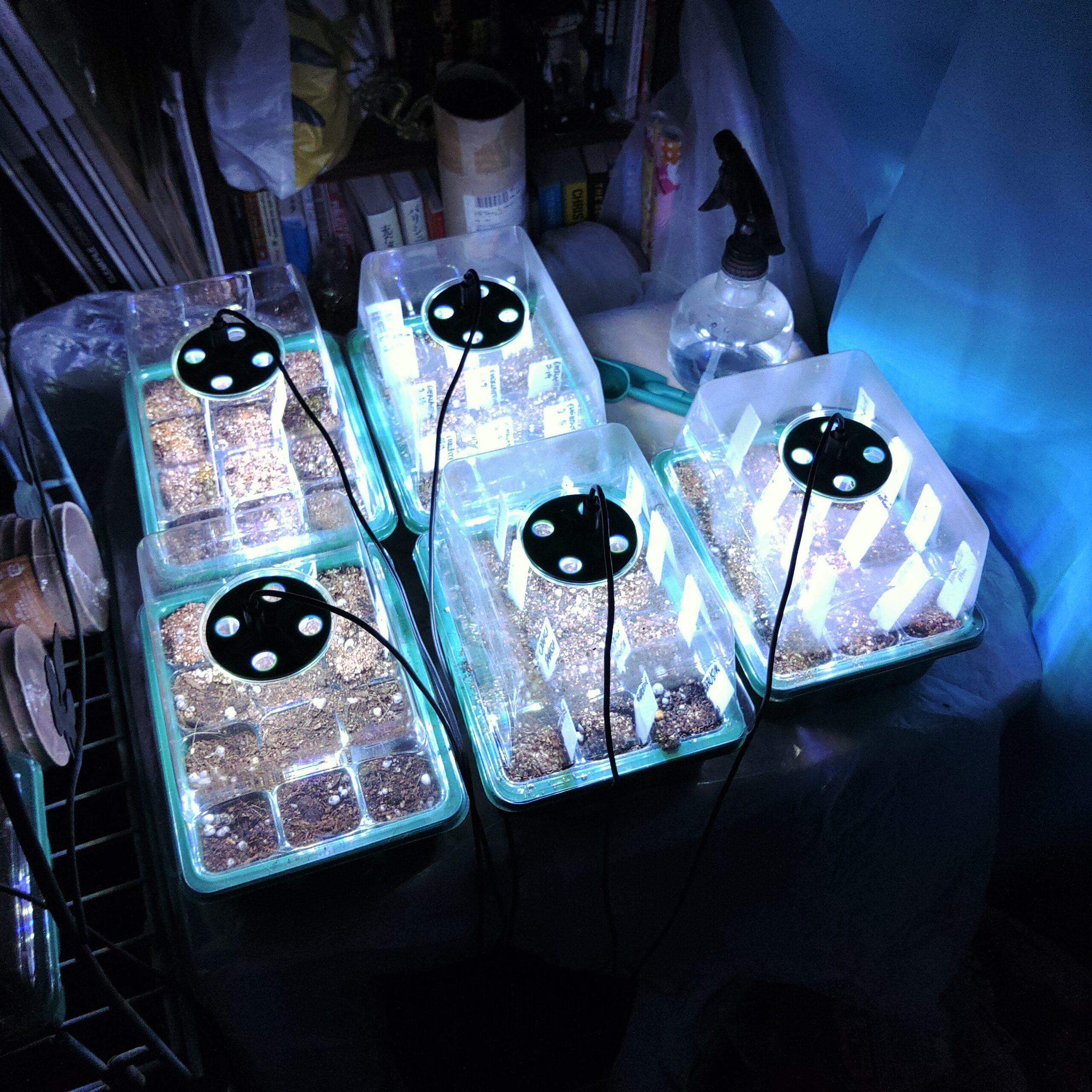Possibly the most meaningful part of my Australian seeds experiment arose today when I transplanted my kangaroo paw seedlings. The great experiment, which I expected would result in me proving to have a green thumb and presenting all my gardening mates with exotic plants has proven only that I am all thumbs. I’ve killed nearly everything I planted, even the everlasting daises and golden everlastings that appeared to be growing so well. I bumped them off by putting them in a hothouse on a boiling hot day, then giving too much fertilizer to the plants that survived. A desert pea…
-
-
Well, strong winds have put paid to a lot of my experiment in growing seeds from Australian native plants, and even fartilizer couldn’t help. Gale-force winds daily for pretty much the past week made life tough for the little seedlings on the patio at Kangaeroo Corner. Watering, care, and even magical powders were not enough to save the golden everlastings, with one or two sickly looking seedlings barely hanging on and the rest returning to their organic origins. Two of the three desert peas that seeded were blown over and destroyed. They’ll get an Aussie garden burial anyway, in some…
-
Everlasting daisies have become the first plants I’ve potted after starting to grow them from seed. I planted the seeds in humidity pods on February 19. They germinated in a flash, with buds clearly visible within a week. They were starting to grow too big for the pods, so I decided to move to the next stage of the challenge to grow Aussie plants, which was transplanting in larger pots. I had 15 pods of everlasting seedlings to transfer, so I prepared the bigger pots for them using the recyclable pots I bought from the local Daiso. I filled the…
-
Kangaeroo’s Aussie seed experiment is moving forward, and today resulted in its first buds. Seedling growth came from an everlasting, a pink, yellow and white flower native to Western Australia. I potted everlasting seeds last weekend in humidity pods. They’ve been growing under lights daily ever since, except for Tuesday night when the power plug short-circuited. I’ve checked the pods daily to see how they are developing, so was delighted to see the little leaves sprout. Might have some stronger seedlings in the works. Once they have grown big enough, I will transplant them into pots and move them into…
-
As I touched on over the weekend, I’ve started trying to grow plants from seed and I completed the first round of the process this morning before heading off on my bike. Dwarf wattle seeds that I soaked in boiling water last night were the final group of seeds that can be planted in the winter. I managed to spread the seeds over a tray and put them in the humidity pod. Most of the work was finished yesterday after the ride. The process so far started in September and October of last year (2022) when I collected Australian native…


